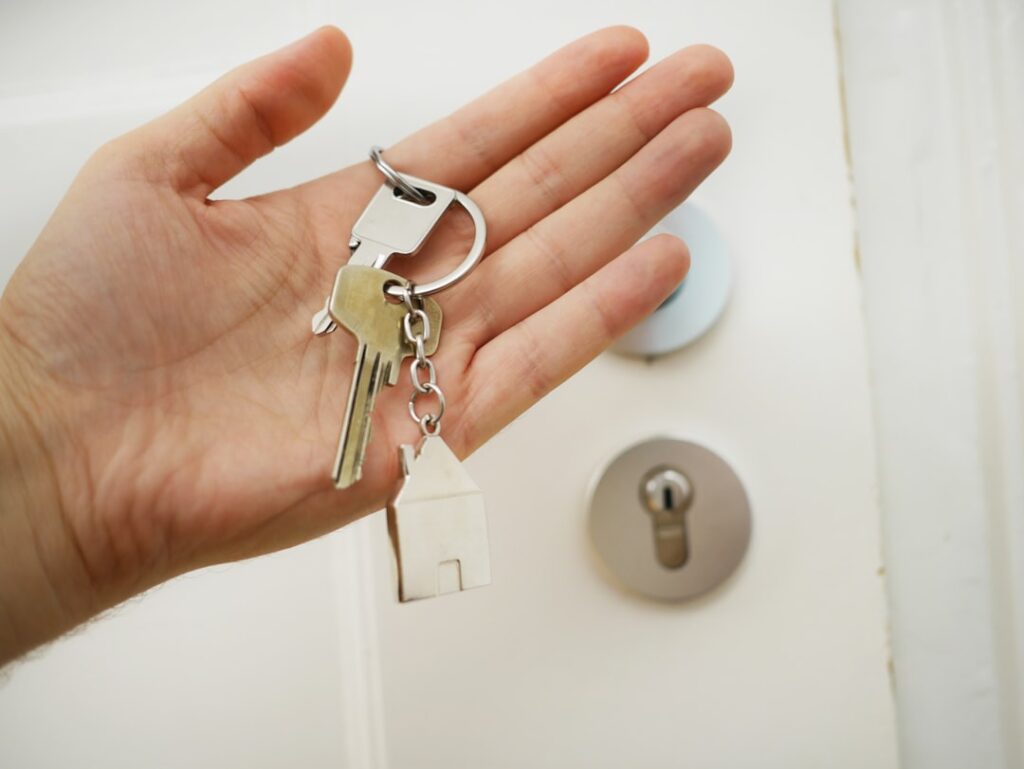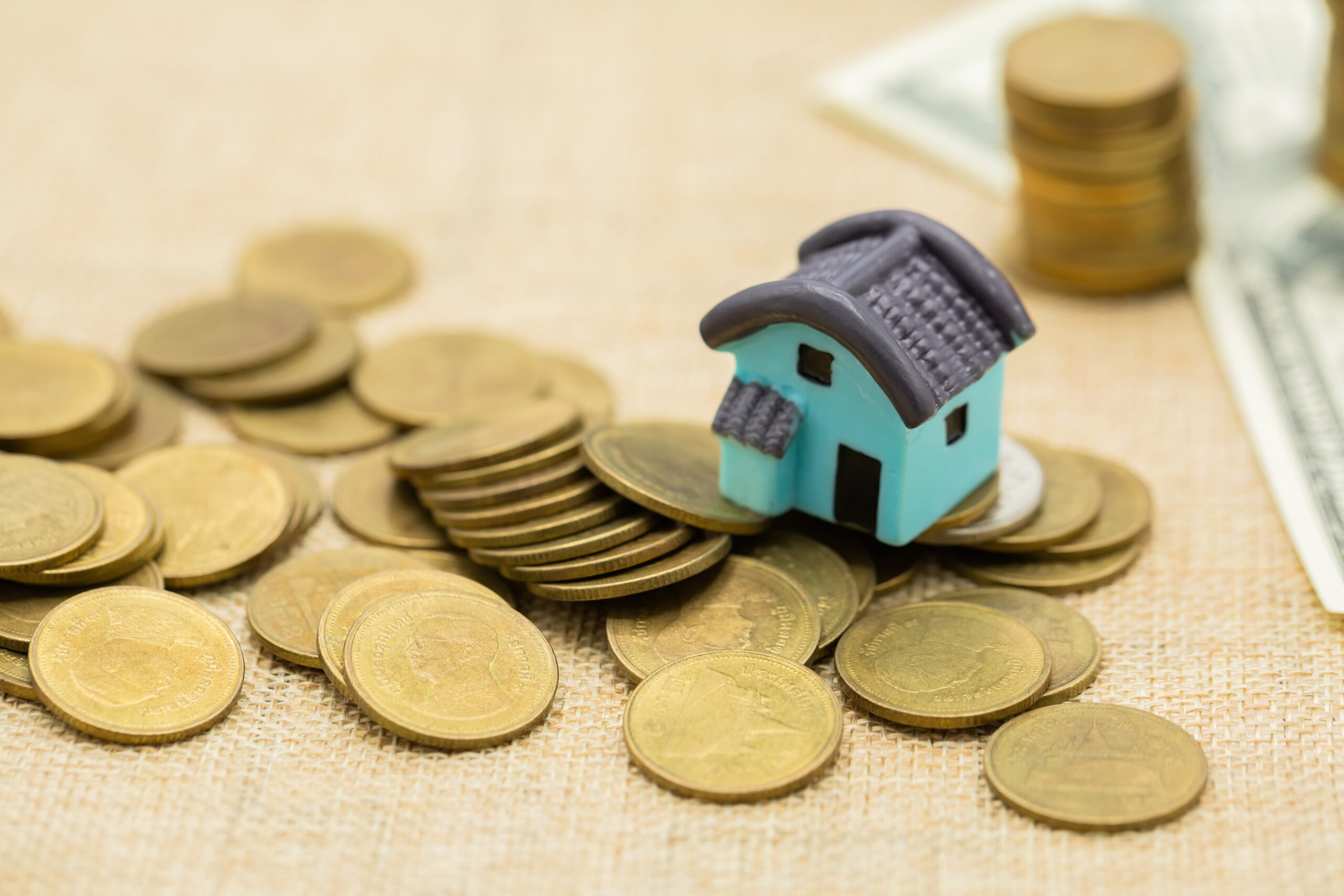Paying off a mortgage early can be a game-changer for financial security, freeing up income for investments, retirement, or other financial goals. One of the most effective ways to accelerate mortgage payoff is by leveraging a Home Equity Line of Credit (HELOC). While many homeowners are aware of the basic concept, few fully understand how to maximize its potential.
This comprehensive guide will take you beyond the basics, diving deep into advanced HELOC mortgage strategies that can help you eliminate mortgage debt faster, reduce interest payments, and use your home equity as a financial tool for wealth-building.
Understanding HELOCs: A Quick Refresher

A Home Equity Line of Credit (HELOC) is a revolving line of credit secured by the equity in your home. Unlike a traditional loan, which provides a lump sum upfront, a HELOC allows you to borrow as needed, up to a set limit. This flexibility makes HELOCs a powerful tool when used strategically to accelerate mortgage payoff.
Key Features of a HELOC:
- Revolving Credit Line: Similar to a credit card, you can borrow, repay, and borrow again.
- Lower Interest Rates: Typically lower than credit cards or personal loans since it’s secured by your home.
- Draw Period & Repayment Period: During the draw period (usually 5-10 years), you can borrow as needed. After that, the repayment period begins (usually 10-20 years).
Now that we’ve covered the fundamentals, let’s explore advanced HELOC strategies to optimize mortgage payoff and financial flexibility.
Strategy 1: The HELOC Mortgage Accelerator Method
One of the most effective ways to use a HELOC to pay off a mortgage faster is through the HELOC Mortgage Accelerator Strategy. This approach involves using the HELOC to make large lump-sum payments toward the mortgage principal, reducing the overall interest paid and significantly shortening the loan term.
How It Works:
- Open a HELOC: Secure a HELOC with favorable terms, including a low-interest rate and minimal fees. Ensure that your credit score and home equity qualify you for the best possible rates.
- Make a Lump-Sum Mortgage Payment: Withdraw a substantial amount from the HELOC to pay down the principal on your mortgage. The more you can reduce the principal early on, the more you save in interest.
- Direct Income into the HELOC: Instead of keeping your paycheck in a traditional checking account, deposit it into the HELOC. This helps reduce the outstanding balance on the HELOC faster, lowering the interest charged.
- Use the HELOC for Expenses: Pay regular expenses from the HELOC, ensuring that your cash flow remains balanced while gradually reducing the HELOC balance.
- Monitor Your Finances: Track how much interest you are saving over time and make adjustments as needed. This might involve increasing your income allocation toward the HELOC to speed up repayment.
- Repeat the Cycle: Once the HELOC is paid down, use it again to make another lump-sum mortgage payment. Over time, this method significantly accelerates your mortgage payoff.
Benefits:
- Reduces Interest Costs: By lowering the mortgage principal, you minimize the amount of interest paid over time.
- Increases Cash Flow Efficiency: Instead of letting money sit in a low-interest checking account, this method actively reduces debt.
- Shortens Mortgage Term: Many homeowners using this strategy pay off a 30-year mortgage in 5-7 years.
- Provides Flexibility: Unlike a traditional refinance, this approach allows you to control the amount and timing of your extra payments.
Key Considerations:
- Requires Discipline: Managing cash flow effectively is crucial. Failing to control expenses could lead to a cycle of debt rather than financial freedom.
- Interest Rate Fluctuations: HELOCs often have variable rates, which means the cost of borrowing can change over time.
- Lender Restrictions: Some lenders may have restrictions on how HELOC funds can be used. Always review terms before proceeding.
Discover how this strategy can help you pay off your mortgage in just 5-7 years! Watch this exclusive interview with a former mortgage lender.
Strategy 2: Interest Rate Arbitrage with HELOCs

Interest rate arbitrage involves leveraging a HELOC’s lower interest rate to replace higher-interest debt or reinvest for higher returns. This strategy allows homeowners to maximize their financial resources while minimizing interest expenses.
Steps to Implement:
- Compare Interest Rates: Identify debts, such as credit cards, auto loans, or personal loans, that have higher interest rates than your HELOC. Also, evaluate potential investment opportunities that offer a higher return than your HELOC’s interest rate.
- Use HELOC Funds Strategically: Pay off high-interest debts first, reducing overall interest costs. Then, consider using HELOC funds to finance investments with higher yield potential, such as dividend stocks, real estate, or business ventures.
- Reinvest in Higher-Yield Investments: Seek investments that can generate returns exceeding your HELOC interest rate. Examples include rental properties, stock market investments, or peer-to-peer lending platforms.
- Monitor and Adjust: Regularly assess the performance of your investments and the cost of your HELOC. If market conditions change or HELOC interest rates rise, adjust your strategy accordingly to maintain positive cash flow and profitability.
Advanced Considerations:
- Tax Benefits: In some cases, interest paid on a HELOC may be tax-deductible if the funds are used for specific investment purposes. Consult with a tax professional for guidance.
- Risk Management: Ensure that investments made with HELOC funds have manageable risk levels. Avoid overleveraging to prevent financial strain.
- Exit Strategy: Plan an exit strategy in case of unforeseen circumstances, such as rising HELOC interest rates or poor investment performance. Having a backup repayment plan ensures financial stability.
Benefits:
- Replaces high-interest debt with lower-cost HELOC funds, improving financial health.
- Creates potential for wealth accumulation through higher-yield investments.
- Offers flexibility in managing funds and adjusting strategies as market conditions evolve.
- Provides an opportunity to generate passive income while optimizing cash flow.
Strategy 3: Using a HELOC for Real Estate Investing
Homeowners looking to expand their wealth can use a HELOC to invest in additional real estate properties, leveraging home equity for high-value opportunities. This strategy allows homeowners to grow their real estate portfolio without depleting cash reserves, offering a smart way to generate passive income and build long-term wealth.
Steps to Leverage a HELOC for Real Estate:
- Assess Your Equity: Ensure you have sufficient equity in your home to qualify for a sizeable HELOC. Lenders typically require at least 15-20% equity before approving a HELOC.
- Secure Favorable Terms: Compare lenders and choose a HELOC with the lowest interest rates and most flexible repayment structures to minimize borrowing costs.
- Use HELOC Funds for a Down Payment: Leverage HELOC funds to cover the down payment on an investment property with strong rental income potential, reducing the need for liquid savings.
- Cover Property Renovations: If purchasing a fixer-upper, use HELOC funds to renovate and increase the property’s value and rental income potential.
- Repay HELOC with Rental Income: Allocate a portion of the rental income toward paying down the HELOC balance, effectively turning rental payments into a self-sustaining mortgage payoff strategy.
- Repeat the Process: As property values and equity grow, continue leveraging your HELOC to purchase additional investment properties, expanding your portfolio strategically.
Benefits:
- Generates Passive Income: Rental properties can provide a consistent cash flow that helps cover HELOC repayments while building long-term wealth.
- Expands Investment Opportunities: By using home equity rather than savings, homeowners can invest in more properties than they otherwise could.
- Increases Property Value: Using HELOC funds for property improvements enhances rental income potential and overall asset appreciation.
- Potential Tax Advantages: Interest paid on HELOC funds used for investment properties may be tax-deductible (consult a tax advisor for details).
- Diversifies Wealth Portfolio: Real estate is a tangible asset that can hedge against inflation and market fluctuations.
Risks and Considerations:
- Market Fluctuations: If property values decline, your investment may not yield the expected return, potentially increasing financial risk.
- Variable Interest Rates: Most HELOCs have variable interest rates, meaning payments could rise unexpectedly.
- Tenant Risk: Rental income depends on occupancy rates; unexpected vacancies could affect cash flow and the ability to repay the HELOC.
- Overleveraging: Borrowing too much against home equity can strain finances. It’s crucial to calculate risks and maintain a financial buffer.

Learn how to pay off your mortgage in just 5-7 years by watching this exclusive interview with a former mortgage lender.
Strategy 4: Avoiding HELOC Pitfalls and Managing Risks
While HELOCs offer incredible financial flexibility, they also come with risks. Effective risk management ensures that leveraging a HELOC remains a wealth-building tool rather than a financial burden. Understanding these risks and proactively mitigating them can help you make informed financial decisions.
Key Risks and How to Mitigate Them:
- Variable Interest Rates: HELOC rates can fluctuate due to market conditions, leading to higher borrowing costs. To manage this risk, consider converting to a fixed-rate HELOC if available or paying down the balance aggressively when interest rates are low.
- Overleveraging: Borrowing more than you can afford to repay can lead to financial strain. Ensure that the funds borrowed from the HELOC serve a productive purpose, such as reducing high-interest debt or investing in assets that generate income.
- Market Downturns: A decline in home values can reduce the equity available in your home, potentially limiting your borrowing capacity. To safeguard against this, avoid maxing out your HELOC and maintain a buffer of available credit.
- Discipline Required: Unlike a traditional mortgage with fixed payments, a HELOC requires diligent money management. Without proper planning, it’s easy to fall into excessive debt. Setting up automated payments and sticking to a structured repayment plan can help maintain financial discipline.
- HELOC Fees and Costs: Some HELOCs come with annual fees, closing costs, or prepayment penalties. Always review the loan terms and factor these expenses into your financial strategy.
- Economic Instability: In times of economic downturns, lenders may freeze or reduce HELOC credit limits. Having a diversified financial plan and alternative sources of funding can mitigate this risk.
Best Practices for HELOC Management:
- Use HELOC Funds Wisely: Prioritize using HELOC funds for mortgage payoff, home improvements, or investments with strong returns rather than discretionary spending.
- Monitor Interest Rate Trends: Stay informed about interest rate fluctuations and be prepared to adjust your repayment strategy accordingly.
- Maintain Emergency Savings: Keep a separate emergency fund to ensure financial stability in case of unexpected expenses or market shifts.
- Plan for Repayment: Even though HELOCs offer flexible repayment terms, always aim to repay borrowed amounts quickly to minimize interest expenses.
- Work with a Financial Advisor: If you’re unsure about managing HELOC risks, consider consulting a professional who can provide tailored financial guidance.
By adopting these proactive measures, you can maximize the benefits of a HELOC while minimizing potential pitfalls, ensuring that your journey toward financial independence remains on track.
Who Benefits Most from Advanced HELOC Strategies?
These advanced strategies work best for:
- Homeowners with significant equity looking to accelerate mortgage payoff.
- Real estate investors seeking to expand their portfolios.
- Individuals with strong financial discipline who can manage revolving credit responsibly.
- Homeowners interested in leveraging their property for financial growth.
Common Questions About HELOC Mortgage Strategies
1. Is using a HELOC to pay off a mortgage risky?
Yes, if mismanaged. However, with disciplined financial planning, the risks can be minimized while maximizing benefits.
2. Can I use a HELOC if I have low equity?
Lenders typically require at least 15-20% equity. Higher equity increases your borrowing power.
3. How does a HELOC compare to refinancing?
A HELOC provides flexible, revolving credit, while refinancing replaces your mortgage with a new loan. HELOCs often have lower upfront costs.
4. What happens if HELOC interest rates rise?
If rates rise significantly, it could increase borrowing costs. Monitoring rates and repaying the balance quickly can mitigate risks.
5. Can a HELOC be used for non-mortgage purposes?
Yes, but it’s best to use it for strategic financial purposes like debt payoff, real estate investments, or high-yield opportunities.
Want expert insights on HELOC mortgage strategies? Watch this exclusive 20-minute interview and start planning your path to financial freedom.
Conclusion
Advanced HELOC mortgage strategies offer homeowners an innovative way to accelerate mortgage payoff, eliminate high-interest debt, and create investment opportunities. While these strategies require discipline and careful planning, the long-term benefits can lead to financial independence and wealth accumulation.
If you’re serious about leveraging your home equity to achieve financial freedom, now is the time to take action. Start exploring how a HELOC can transform your mortgage strategy and create new opportunities for your financial future.
Learn how to pay off your mortgage in just 5-7 years by watching this exclusive interview with a former mortgage lender.
Affiliate Disclaimer: BestMortgages.co may include affiliate links, which allow us to earn a small commission when you make a purchase through them. This helps support our site at no extra cost to you. Thank you for your support!




0 Comments